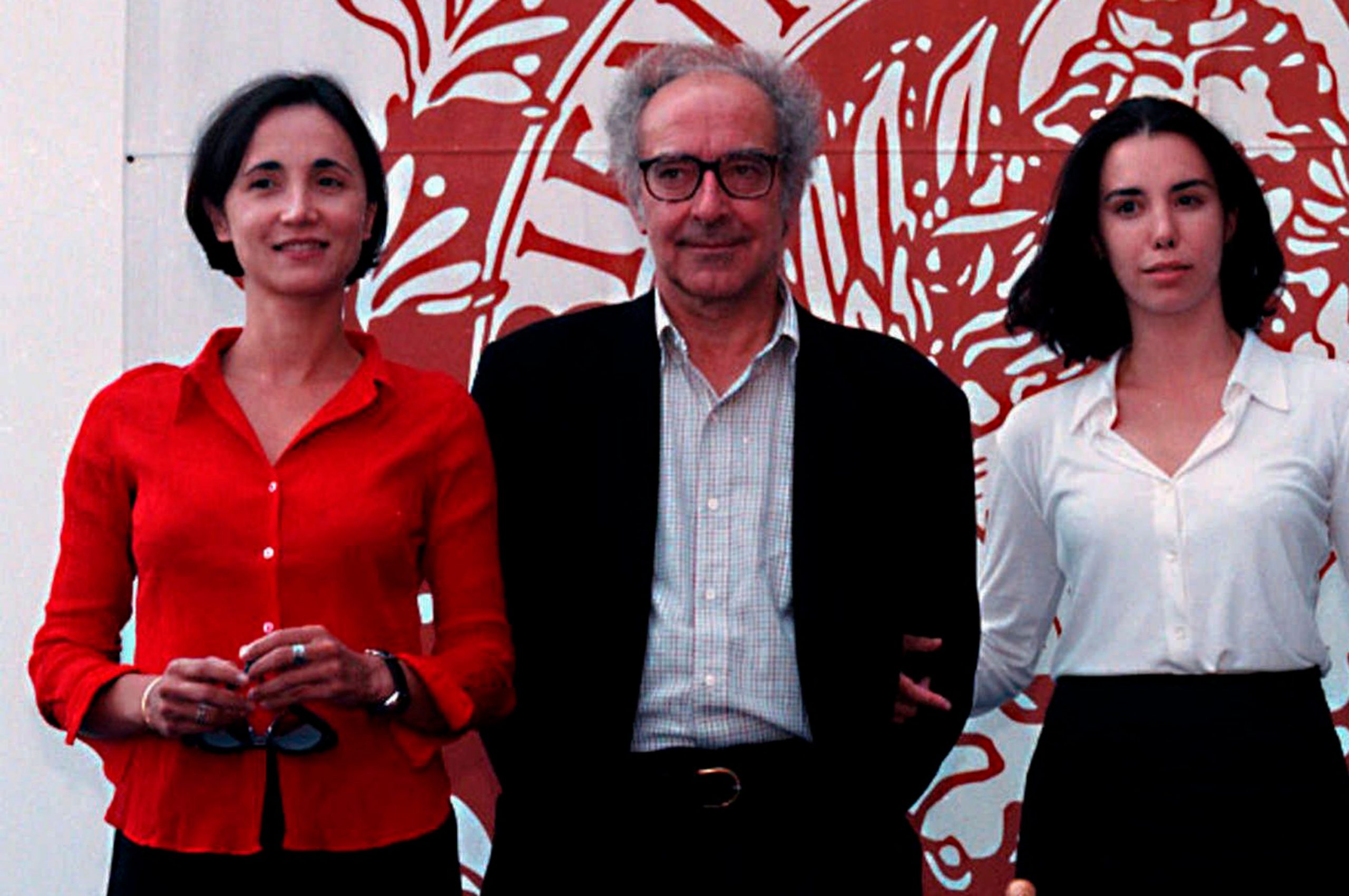Jean-Luc Godard breathed his last on Tuesday, September 13, at his Switzerland home in Rolle, on Lake Geneva. The filmmaker, considered an influential figure in the world of cinema, was 91 years old at the time of his death. He is survived by his long-time life-partner Anne-Marie Miéville, the Swiss multimedia artist.
Also read: Jean-luc Godard: Leaving cinema Breathless
Godard is often referred to as an iconoclast in the world of cinema because of the way in which he dared to challenge the established conventions. His experiments with the medium were as much political as they were stylistic, and they had a deep impact on the form of filmmakers who came after him.
Let’s look at some of Godard’s innovations that changed how films are made.
Reworking the grammar of filmmaking
Before Godard entered the scene in the 1960s, films were edited in a way such that it gave an impression of smooth and continuous time. In his first film Breathless, Godard introduced jump-cuts, an editing technique that did away with the impression of continuity and grabbed the viewer’s attention.
Reworking the film as a political medium
Godard was critical of films that came before him and he took them to be removed from the lived reality of the people. Starting from the late 1960s, he made films with explicitly Maoist themes Along with his contemporary New Wave filmmakers, Godard boycotted the 1968 Cannes Film Festival in solidarity with the protesting students and workers.
The on-spot script system
For most of his films, the filmmaker wrote the script on the day of the shot and gave the lines to the actors then and there. In contrast to films made in the studio with a tight script and a big budget, Goddard preferred to keep it spontaneous. He also shot on location and used handheld cameras, which was a clear break from the established film tradition.
Also read: Who was Jean-Luc Godard?
Demand from the audience
In Godard’s films, the audience is expected to critically engage with the film, instead of just passively observing. He was a fan of Bertolt Brecht, the German playwright, who used several techniques in his films to unsettle the audience. Many of Godard’s innovations, such as the jump cut and the long shot, were used to shake the audience out of what Godard believed was an alienated stupor.







